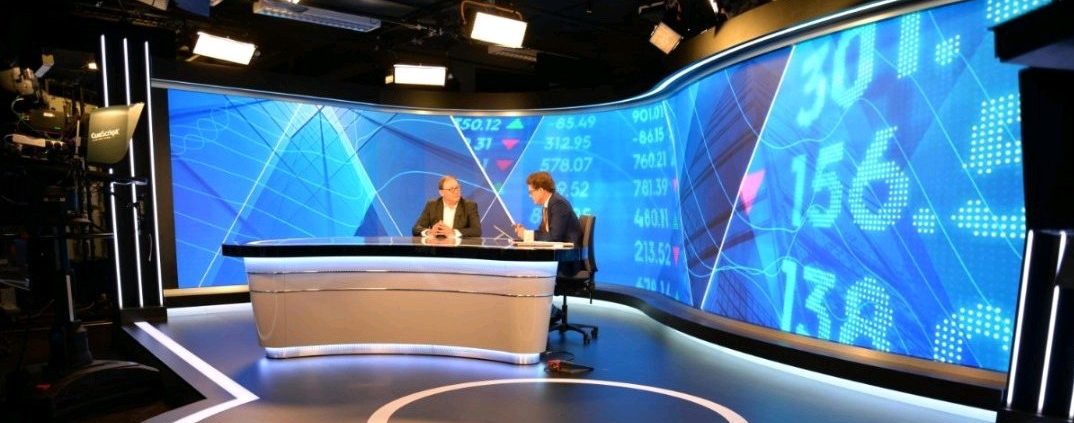5 Ways to Find the Right Video Wall Technology for your Broadcast Set
Digital display technology is enabling new trends in broadcast, both on-air and off-air. With a wide variety of ever-evolving technology, shopping for the best digital display to fit your broadcast set design can be overwhelming.
Refer to these 5 tips to help you choose the right video wall technology for your broadcast set design:
- What do you want your audience to see?
It is critical to consider display resolution because sufficient resolution will give your audience a clear view of your content. A low resolution display will result in pixelated or blurred visuals and may make content, especially fine details like text, unrecognizable from the viewers’ perspective. This is especially true as more global broadcasters move to capturing and producing shows in 4k resolution and more of the set details are visible to the viewers.
Resolution is a factor of pixel density across a physical dimensions. For popular direct view LED video walls, density is expressed in pixel pitch, which is the distance between the centers of two adjacent pixels. The smaller the measurement, the closer the pixels and the finer detail you are able to achieve on the display.
Compatibility with preferred color temperatures and fine gray balance controls are critical for on-air use, as these are the key factors that will affect the color output of the display.
- How much space do you have?
Know the size of your set and exactly what you want to portray on camera. Are you looking to have a digital display make up your entire backdrop or just a portion of it as an accent? Are you looking for a more creative solution like a unique curve or shape? Do you need the display to mount directly to a wall or do you have adequate space to allow for a rear-installation and rear-access product. The answers to these questions will be vital in determining the display technology that you’re looking for. We are seeing a trend of broadcasters putting large displays in the backdrop of their set and then using Vizrt’s real-time graphics engine to add augmented reality features to the content.
- How much do you value uptime?
Technical problems can be alarming to audiences and traumatizing for broadcasters. To avoid such situations, you must consider reliability for any mission critical use of your digital display. From sturdy metal-frame industrial designs to off-board components to redundant power supplies, look for displays and video walls that are designed for environments where downtime is not an option. Of course, consumer- grade technology do not have the reliability required for on-camera applications.
- How important is serviceability?
Like most technology, keeping a digital display functioning at its highest potential and preventing technical problems will require some maintenance. It is important to find a display solution that is engineered specifically to make maintenance simpler, minimalizing the total cost of ownership as well as the time spent for possible repairs. Keep your eyes locked on companies who declare a commitment to excellent customer service to ensure your display is maintained appropriately throughout its life on set.
- Are you interested in LCD or LED solutions?
Based on the answers to the above questions, LCD and LED technology both come with their own set of strengths and challenges. While both types of digital displays can be configured into a wide range of sizes and resolutions, it is important to know how they differ in order to understand which qualities are most vital for your specific set design.
Modern LCD video walls feature narrow bezels, meaning they have frames around each individual display that covers critical electronics and from afar there are black lines creating a grid effect across the video wall. They have slim installation depths and are quite affordable for on-camera applications. They are a mature technology with features that make specification and installation easy. The displays are very high resolution (in terms of pixel density for video walls). Canal+Group in France has a great example of LCD displays being used in their studio and they are growing in popularity in regional or local news broadcast sets
Direct View LED displays are the fastest growing video wall category in broadcast due to their ability to deliver seamless images with vivid colors and the ability to use LED in various shapes and sizes to create a more compelling on-camera experience. Check out the NBC Sports broadcast studio from their coverage of the Olympic Games in Rio for a great example of on-set LED video wall displays which were masked into interesting shapes and even embedded in the floor.






